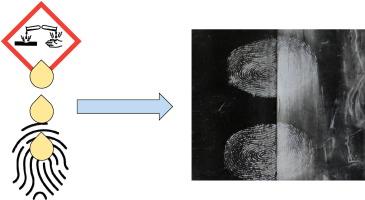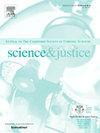The effect of products containing high concentration corrosive substances on the recovery of fingermarks from non-porous surfaces
Abstract
Fingermark recovery plays a crucial role in investigating corrosive substance attacks, which are becoming increasingly common. Building upon previous research, this study aimed to identify effective visualization processes for recovering fingermarks from diverse substrates exposed to wide range of commercially available corrosive materials. The study investigated glass, PVC and HDPE substrates with fingermarks deposited 1 day and 2 weeks before exposure to the corrosive substance, and used commercially available substances at concentrations higher than any previous study. It was found that fingermarks could still be recovered from all substrates studied after exposure to most of the corrosive substances, although in general exposure to corrosive substances was detrimental to the quality of marks recovered. The most detrimental corrosive substances were found to be those based on concentrated sulfuric acid. Black and white powder suspensions were the most effective of all processes used in this study, with the highest recovery rates observed from the glass substrate. Age of mark was not found to have a significant effect on recovery rates. Overall the results show that fingermarks may survive exposure to even the most concentrated acids used in this study and provide the initial basis for guidance on processes that could be used on materials used in corrosive substance attacks.


 求助内容:
求助内容: 应助结果提醒方式:
应助结果提醒方式:


